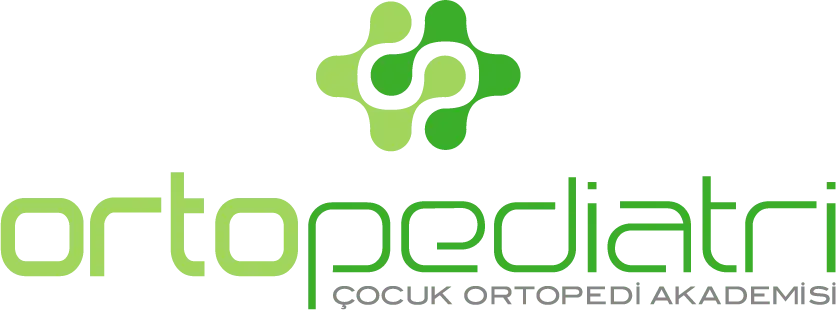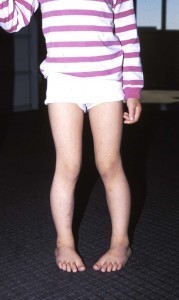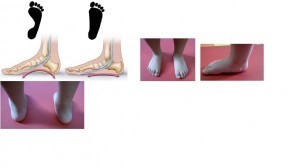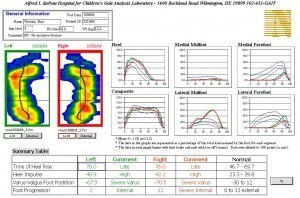It has been observed that pediatric patients refer to the orthopedists frequently about foot problems. The most common foot problems / foot diseases seen in children can be listed as in-toeing, flatfoot and callosity in the feet. The role of pediatrician is important in the diagnosis and treatment of these diseases.
In-toeing in children
The term in-toeing may often semantically be confused with flatfoot. In children, in the case of in-toeing gait, it is observed that the child’s foot point inward with respect to the knee or torso. Walking with stepping with the inside part of the foot is called flatfoot.
The reason of the in-toeing problem may vary according to the gender of the child. While it is often caused by the hip joint in girls, the reason in boys is the tibia or curvature of the feet. The stage and causes of the disease may be easily identified by a detailed examination by the pediatric orthopedist and, if necessary, a gait analysis.
In-toeing gait is also normally seen in certain age groups. In-toeing is essentially more frequent in girls. It has been observed that in-toeing gait in girls generally starts from 3 years of age and increasingly continues until 5 years of age. At the age of 10 years, this condition improves spontaneously in many children.
There are one or two warning details for distinguishing this normal developmental process from the pathological conditions. A pediatric orthopedist should see the children in the case that the family members has a similar condition, there is an underlying disorder, there is unilateral in-toeing in the child and that that condition is progressed without any improvement as the age increases.
After the clinical examination, the most important step in the diagnosis is gait analysis. In the gait analysis, a visual gait analysis is performed first, by enabling the child to walk and to be monitored by the pediatric orthopedist. In the case that the problem is suspected to be a serious problem, then the computer-assisted gait analysis is applied in the later step. We have the potential to conduct these analyzes.
A corrective effect of special shoes or devices in the treatment of in-toeing has not been demonstrated in the scientific researches. Psychological problems may also occur in children who are forced to use these devices. The families need to be careful about avoiding unnecessary treatments.
Back Pain in Children
Back pain in children is often seen between the ages of 12 to 18 years. This is usually attributed to a heavy backpack carried on the back. Ideally, it is recommended that a backpack and the total weight of its contents should be no more than 20% of the weight of the child. Heavier backpacks cause posture disorders and back pain. The structural spinal disorders are not associated with the backpack use.
Children’s backpacks should also have a lumbar support. It would be appropriate for the children to use wheeled or hand-held bags rather than carrying them on their backs.
It is important to note that the cause of back pain cannot be attributed only to the backpack. Therefore, the children whose back pain does not relieve despite that the backpack is lightened should be examined by a pediatrician. Detailed examinations can reveal the real cause of the pain. Thus, if a vertebral column disorder or disease underlies the pain, it is diagnosed at an early stage.
The most important duty of the families with regard to back or low back pain in children or childhood is to determine the root cause of the pain and to carry out the necessary processes to eliminate it. Both an examination appointment with a pediatric orthopedist and the arrangements related to the bag carried by the child will prevent the future illnesses or problems in the early period.
Torticollis – Twisted or Tilted Neck
A twisted or tilted neck is called “torticollis”. Torticollis may be congenital or acquired. The most common type of the congenital torticollis is “congenital muscular torticollis.”
Congenital muscular torticollis occurs in one or two out of 100 live births. The frequency increases with the birth of the child in the breech position during delivery. Although the exact cause is unknown, there is a familial predisposition.
In children with congenital muscular torticollis, metatarsus adductus, i.e. the congenital curvature in the metatarsal bones, the developmental dysplasia of the hip (congenital hip dislocation), pes equinovarus (congenital clubfoot) and abnormalities of the neck vertebrae may also occur.
Infants with torticollis are noticed by the pediatrician or family during the first weeks of the birth. These infants tend to keep their heads tilted to one side. Movement towards the other direction is very limited. A solid swelling is detected on the opposite to the neck side to which the neck is turned. This mass disappears at the end of the first age. In severe cases, facial asymmetry may accompany the condition.
Congenital muscular torticollis can heal spontaneously during the newborn period. In cases that are seen at an advanced age, deformities in spine, face and head may occur if it is left untreated. Stretching exercises performed during the newborn period are useful. This treatment lasts about 4 to 5 months. Surgical treatment is applied in cases where this treatment fails. It has been shown that the deformities in the head, face and neck that may occur during this waiting period may regress after surgical treatment.
Callus Formation in Children
Callus formation on the soles of a child may be the first indicator of important foot problems. Callus formation is important as it is indicative of an abnormal pressure distribution on the foot. In this case, the child should be examined in detail by a pediatric orthopedic specialist, and the reasons for this situation should be revealed using a foot pressure distribution analysis. After the diagnosis, an appropriate treatment program may be arranged by the pediatric orthopedic specialist.
